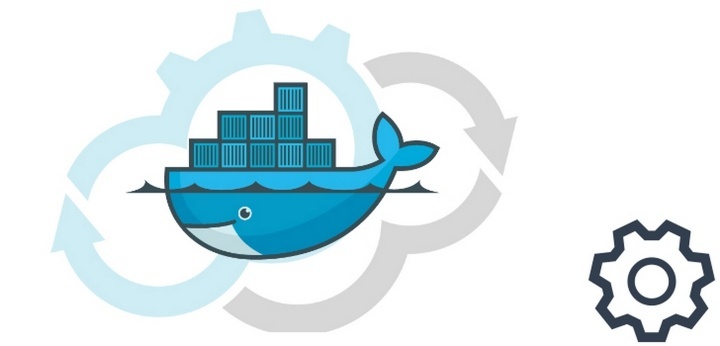

Options for virtualization on the Mac M1 are few compared to Intel machines. Installing UTM, Debian 10.4 Minimal on macOS, and launching the Debian VM At this point, we’ll be launching Docker containers using the Docker CLI on macOS but running the containers in the Debian 10.4 Virtual Machine. Once we learn about how SSH port forwarding works with the VM, we’ll use SSH forwarding to tunnel a Unix socket from the macOS host to the Debian /var/run/docker.sock Docker Engine socket. Then we’ll install Docker on the VM and verify the installation with the arm64v8/hello-world Docker image.Īfterwards, we’ll learn about how to run a docker container from the Debian image using the Docker CLI on Debian and how we can access the container through SSH port forwarding from the macOS host. After launching the VM, we’ll install openssh-server and enable it to start on boot. First, we’ll start by launching a Debian Virtual Machine using UTM for Mac, which uses QEMU under the hood.

This set of instructions eliminates the need to use the proprietary Docker Desktop for Mac on the Mac M1.


 0 kommentar(er)
0 kommentar(er)
